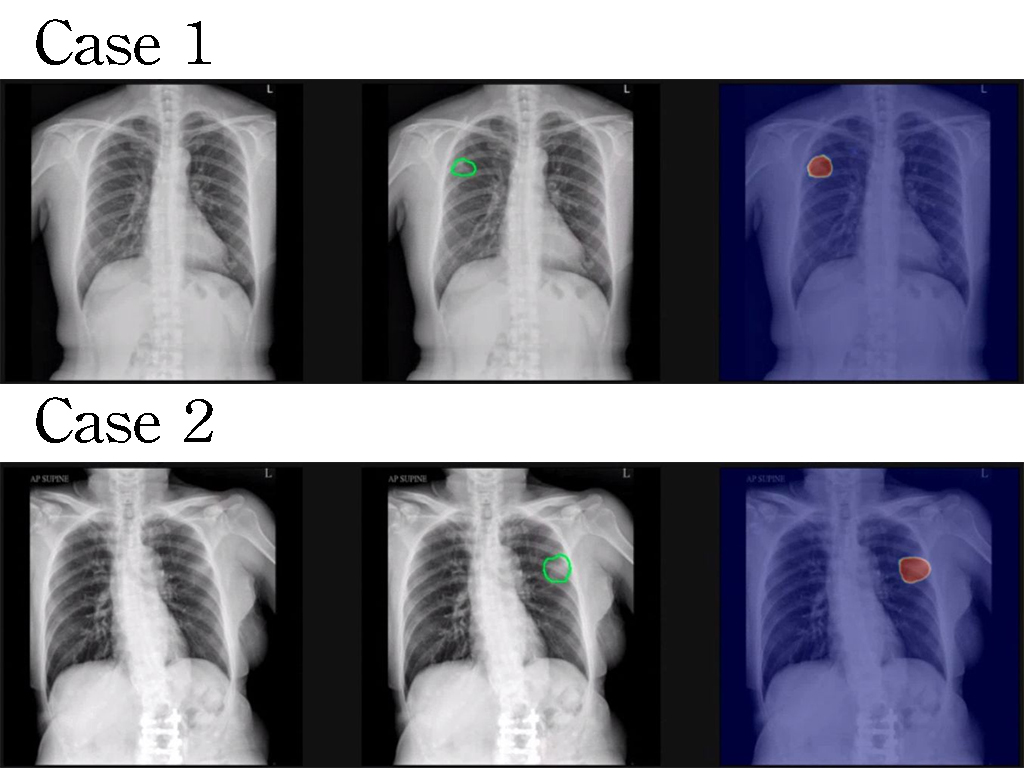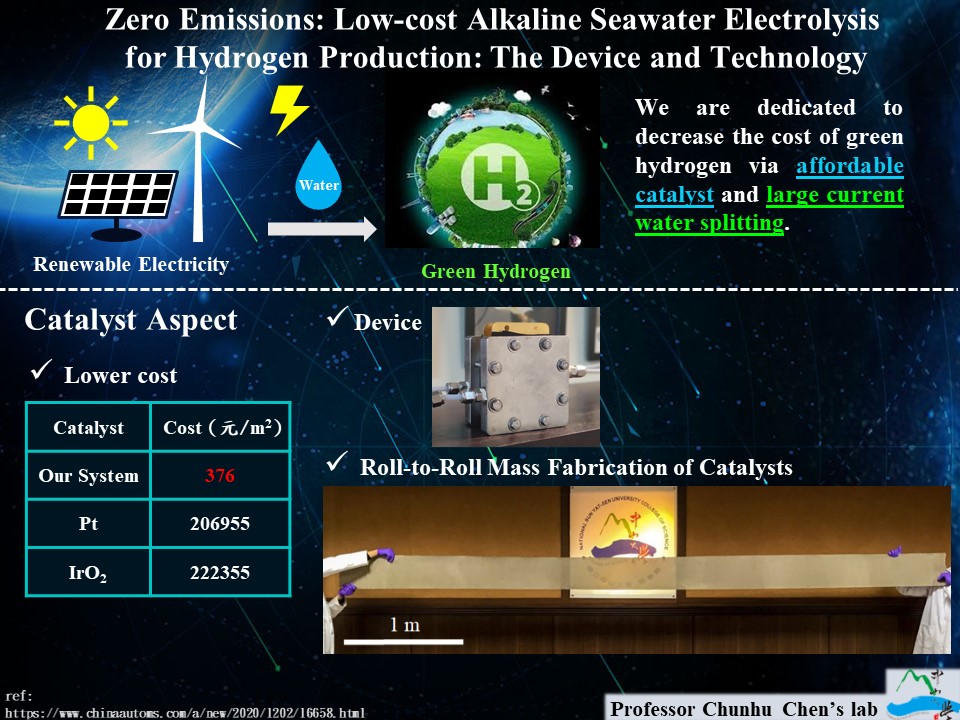| Technical Name | Semiconductor Angstrom-level Surface Smoothing Technology: Microwave Chemical Mechanical Polishing | ||
|---|---|---|---|
| Project Operator | National Central University | ||
| Project Host | 李天錫 | ||
| Summary | Silicon carbide (SiC) is ideal for net-zero emission tech due to its wide bandgap but faces polishing challenges due to its hardness. General polish techniques struggle with efficiency, cost, and environmental impact. This new technology uses microwave irradiation, eliminating the need for heavy metals or catalysts, and enhances SiC polishing by activating electron redox reactions at the solid-liquid interface, making it more sustainable and advancing eco-friendly semiconductor manufacturing. |
||
| Scientific Breakthrough | Silicon carbide (SiC) has extreme hardness and chemical inertness make surface polishing challenging, posing an industrial bottleneck. Existing CMP technology faces inefficiency and waste liquid pollution issues. Our technology uses a clean microwave process, triggering electron interactions at the solid-liquid interface to conduct redox reactions. This selectively breaks down carbon-silicon surface clusters, achieving efficient polishing, environmentally friendly, and non-polluting results. |
||
| Industrial Applicability | Under the UN's 2050 global net-zero emissions policy, the electric vehicle industry is rapidly growing to a market value of $900 billion. Silicon carbide is a key material for power components in electric vehicles. Surface polishing technology, which represents the highest threshold in SiC manufacturing, accounts for over 15% of total costs. The microwave CMP technology meets industry demands, offering advantages in efficient energy and low carbon emissions, enabling quick market entry. |
||
| Keyword | Silicon carbide Rapid polishing Microwave chemistry Green energy and environmental protection Angstrom level Chemical mechanical polishing Skin effect Third-type semiconductor Hydroxyl radical Add-on microwave module device | ||
- Contact
- Chun-Huang Wu
- a0931559663@gmail.com
other people also saw















